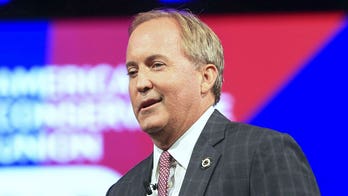President-elect Barack Obama's economic team is considering an economic-stimulus program that will be far larger than the two-year, half-trillion-dollar plan under consideration two weeks ago, people familiar with the team's thinking tell The Wall Street Journal.
The president-elect is expected to be briefed on the broad parameters of the plan next week, with aides still hoping for Congress to pass a bill by the time Obama takes office Jan. 20.
With the unemployment rate now expected to hit 9 percent without aggressive intervention, Obama aides and advisers have set $600 billion over two years as "a very low-end estimate," one person familiar with the matter said. The final number is expected to be significantly higher, possibly between $700 billion and $1 trillion over two years.
Obama has said the package will include an initial tax cut and a massive infusion of funds for roads, bridges, water systems, school repair, spreading broadband access, promoting health-care information technology, improving energy efficiency in buildings, renewable-energy projects, and assisting struggling state and local governments. But the balance of those projects is still under debate.
Transition spokeswoman Stephanie Cutter denied any decisions have been made on the scope of the plan. "Any speculation on size or scope is premature at this time," she said.
The general sense among economists being canvassed by the Obama team is that "every day there's a new bad number," one of the people familiar with the matter said. "And people's sense of what the appropriate stimulus is rises" with the news.
Christina Romer, who will lead Obama's Council of Economic Advisers, is also surveying economists, trying to build political consensus around a larger number before it is presented to Congress in early January.
The process of putting together the package is now far enough along to bring the president-elect into the mix. The economic team will brief Obama next week, largely about the size of the package. Discussions are still under way about content.
Click here for more on this story from The Wall Street Journal.




